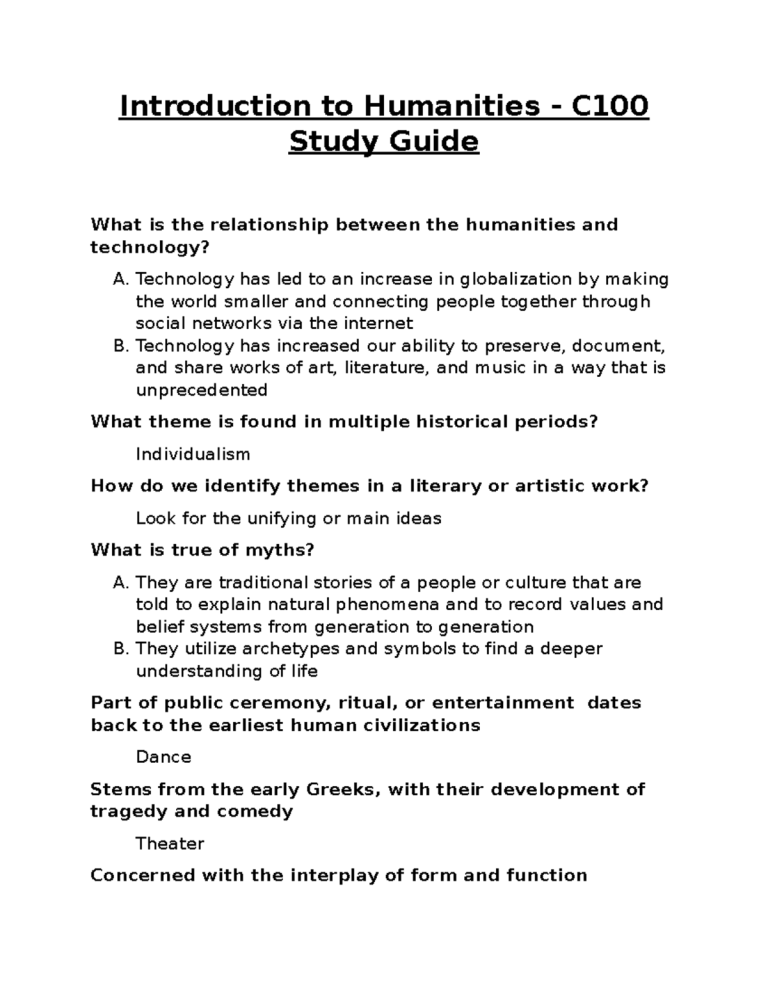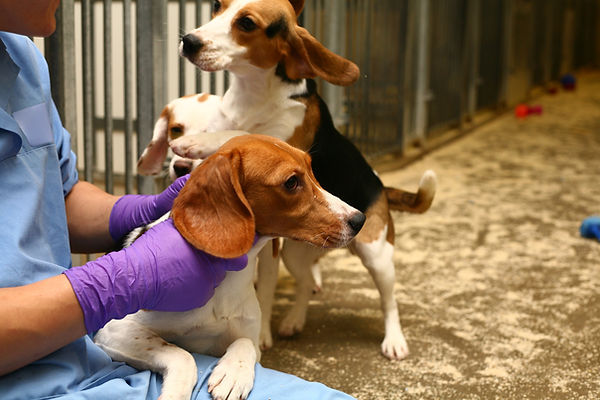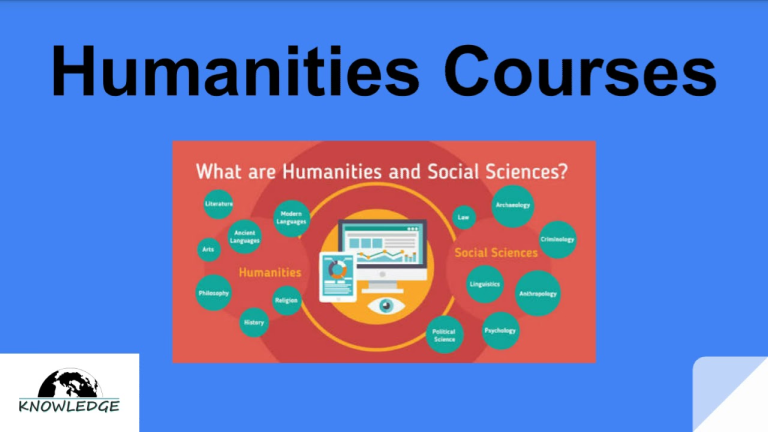AI in photography is revolutionizing the way images are created, processed, and archived, offering both opportunities and challenges for photographers. As AI technology and journalism collide, photojournalists face pivotal moments that could redefine their craft, particularly in preserving photo archives that document pivotal historical events. The impact of AI on photography encompasses not just the creation of images but also the management of vast repositories that are at risk of being lost to time. With advancements in AI photojournalism, there is potential to enhance narrative storytelling, allowing photographers to share their unique perspectives more effectively. As we look towards the future of photo storytelling, the intersection of AI and photography presents a vital dialogue about truth, creativity, and the ethical use of technology.
The integration of artificial intelligence within the realm of photography heralds a new frontier for visual arts and documentation. Advanced machine learning algorithms are now making significant strides in how we interpret and engage with images, redefining traditional practices in image-making. These innovations raise critical questions surrounding the sustainability of photo archives, especially those that encapsulate moments of historical significance. Furthermore, as AI impacts the journalistic landscape, we see an evolving narrative around the legitimacy and authenticity of photographic works. Exploring these themes is essential for understanding the role of AI in shaping the future of visual storytelling and maintaining the integrity of the photographic medium.
The Role of AI in Preserving Photo Archives
AI technology offers a transformative approach to preserving photo archives, especially in the realm of photojournalism. With the relentless pace at which images are generated and consumed, there is an urgent need to catalog and safeguard the immense visual history that has been documented over the years. Photojournalists often possess thousands of images that remain unseen or underappreciated; this is where AI can step in. By automating the organization and indexing of these archives, AI can help ensure that significant historical moments are not lost to time. It can assess the content, context, and importance of each photograph, promoting a more thorough understanding of our visual history.
Moreover, AI can facilitate deeper engagement with these archives by integrating advanced search functions and contextual information about each image. Instead of dusty volumes languishing on shelves, AI-enhanced archives can become interactive, allowing users to explore themes, emotions, and narratives captured within visual stories. As the future of photo storytelling unfolds, employing AI technology in archives could serve as a vital link connecting us to our past, ensuring that the legacies of photojournalists are preserved and celebrated, even in a digital-first world.
AI’s Impact on the Photography Industry
The impact of AI on photography stretches beyond simple image generation; it fundamentally reshapes the industry as a whole. Photojournalists, who once relied strictly on their skills and tools, now face a dual-edged sword. While there is a potential for creative advancement fueled by AI, there are also serious concerns. For one, as generative AI continues to evolve, the line between authentic photography and AI-generated images becomes blurred. This poses challenges regarding copyright and authorship, as many photographers fear that their work might be misappropriated or reinterpreted without their consent. The advent of AI technology amplifies these fears, introducing a new layer of complexity into the realm of visual journalism.
Additionally, the rise of AI in photography invites ongoing conversations about trust and authenticity. In a landscape where misinformation can spread like wildfire, the reliability of images comes into question. Traditional photojournalism has been grounded in the values of truth and accountability; however, the ease with which AI can fabricate photorealistic images presents a challenge to these principles. Photographers and journalists must navigate this new terrain by leveraging AI as a tool for enhancing the integrity of their narratives, rather than allowing it to compromise the authenticity that underpins their work.
Ethics of AI in Photojournalism
As photojournalism grapples with the integration of AI technologies, ethical considerations take center stage. The primary concern remains around the usage of existing images; using photographers’ work to train AI models without permission raises significant questions about ownership and accountability. This ongoing dilemma underscores the need for dialogue within the industry about the ethical implications of employing AI in journalistic practices. A framework that respects the rights of photographers, while also allowing for technological innovation, is crucial for fostering trust in both the creators and their audiences.
Furthermore, it’s essential to consider the ethical deployment of AI when it comes to analyzing historical imagery. Preserving the integrity of photo archives while utilizing AI tools necessitates a commitment to transparency and respect for contextual significance. By employing AI responsibly, photojournalists can decode deeper meanings behind images, translating complex narratives without compromising the intent of the original works. This ethical stance can help bridge the gap between innovation and authenticity, ensuring that the artistry of photography remains intact.
Challenges of Misinformation in AI-Driven Photography
The rise of AI technologies in photography introduces a pressing challenge: the proliferation of misinformation. In an era where images can be created or altered with a few clicks, the risk of misleading visuals posing as genuine journalism escalates. This is particularly critical in photojournalism, where credibility and truth are paramount. The ability of AI to generate photorealistic images that do not depict real events can lead to a blurred reality, undermining the trust that the public places in visual media. As photojournalists navigate this landscape, they must become adept at distinguishing between authentic images and AI-generated fakes to mitigate the spread of misinformation.
Additionally, the rapid circulation of AI-generated content on social media platforms exacerbates these challenges. Images that distort reality can influence public opinion and modify perceptions about significant events. Therefore, a robust approach to media literacy is essential for both creators and consumers. Photojournalists must advocate for a discerning audience that can differentiate between real and fake, utilizing AI not to create confusion, but rather to enhance understanding and clarity. This commitment to fighting misinformation is integral to maintaining the legitimacy of photography amidst an evolving digital landscape.
AI Technology and the Future of Photo Storytelling
The future of photo storytelling is profoundly intertwined with advancements in AI technology. AI’s capacity to process vast quantities of visual data opens up new avenues for narrative exploration, allowing photojournalists to draw connections between images across diverse timelines and geographies. By utilizing AI-driven analytics, journalists can uncover trends and patterns in visual storytelling that may otherwise go unnoticed. This enhancement offers a dynamic shift in how stories are told, paving the way for innovative, immersive, and rich narratives that engage audiences on multiple levels.
However, the integration of AI into photo storytelling raises important questions about authorship and the human element in journalism. While AI can enhance narrative depth, the emotional connection that comes from personal experience and perspective remains irreplaceable. The future of photography must strive for a harmonious balance, intertwining AI’s analytical capabilities with the irreplaceable insights of human storytellers. This synergy could redefine the boundaries of photojournalism, creating experiences that resonate with truth and authenticity while harnessing the power of cutting-edge technology.
Integrating AI into Photojournalism Ethics
Integrating AI into photography necessitates a careful consideration of ethical standards that will guide its application in journalism. As technology becomes central to the practice, photojournalists are faced with the responsibility of ensuring that this tool enhances rather than detracts from their ethical obligations. Establishing clear guidelines around the use of AI for image analysis, archiving, and storytelling is crucial. Such frameworks should promote transparency, respect for intellectual property rights, and a commitment to factual integrity.
Moreover, engaging in collaboration between technologists and photojournalists can foster a more ethically sound integration of AI. By bringing diverse perspectives together, the journalism community can address potential pitfalls, such as bias in AI algorithms and the inappropriate use of visual content. Proactive discussions about ethics will not only safeguard journalists’ reputations, but also enhance public trust in media as a whole. By working toward these ethical standards, the industry can meaningfully progress into a future where AI and journalism coexist harmoniously.
The Importance of Context in AI Analysis
Context plays a vital role in photography and is particularly important when utilizing AI to analyze images. While AI excels in recognizing patterns and extracting information, it often lacks the nuanced understanding of context necessary to interpret the deeper meanings embedded within photographs. For photojournalists, the context surrounding an image can change its significance, impacting how audiences perceive historical events. Therefore, ensuring that AI-driven insights are paired with human expertise is essential for maintaining the integrity of visual narratives.
To effectively leverage AI technology in photo analysis, it is imperative to incorporate contextual elements that enrich the narrative. By providing metadata, background information, and emotional cues associated with images, journalists can guide AI systems to deliver insights that respect the artistry and intent behind each photograph. This collaborative approach can result in a more compelling storytelling experience, elevating the potential of both AI and human creativity in depicting the complexities of the world.
Fostering Digital Literacy Amid AI Advances
As AI technology permeates the world of photography, fostering digital literacy becomes increasingly important. In a landscape where AI-generated content is often indistinguishable from reality, educating both photographers and the public about AI’s capabilities and limitations is critical. Understanding the nuances of how AI operates can empower photojournalists to use these tools more effectively while preparing audiences to critically evaluate the visuals they encounter. This focus on digital literacy is essential in combatting misinformation and reinforcing the core values of journalism.
Moreover, educational initiatives that promote digital literacy can help bridge the gap between technology and traditional photographic practices. By equipping the next generation of photojournalists with the skills needed to navigate AI tools responsibly, the industry can encourage innovative storytelling that is grounded in ethical considerations. Cultivating an informed audience, on the other hand, fosters a culture of discernment that will challenge the narrative of AI-generated content, ensuring that the legacy of authentic photography is upheld even as technology evolves.
Revitalizing Photojournalism through AI Innovations
AI innovations hold significant promise for revitalizing photojournalism, offering opportunities to overcome challenges that have long plagued the industry. The capacity to process and categorize enormous archives can help photojournalists reclaim their past, ensuring that vital images are not lost amidst a sea of data. AI tools can assist in managing workflows and freeing creatives from mundane tasks, allowing them to focus on what they do best: telling powerful stories. This infusion of technology could usher in a new era where photojournalism thrives, is respected, and evolves to meet contemporary demands.
However, the integration of AI into photojournalism should be approached with caution. Photojournalists must remain vigilant in establishing ethical practices that ensure their work remains safeguarded. By embracing innovation while prioritizing the authenticity and authorship of visual storytelling, the industry can evolve without compromising its foundational principles. In this way, AI can serve as an ally to photojournalists, liberating them to create more impactful and resonant narratives that reflect the world around us.
Frequently Asked Questions
What is the impact of AI on photography?
The impact of AI on photography is multifaceted, influencing creativity, ethical considerations, and the preservation of visual history. AI technology enhances image analysis, allowing for better organization of photo archives and creating opportunities for photographers to catalog their work efficiently. However, it also raises concerns about the authenticity of images and the potential erosion of trust in visual storytelling.
How is AI being used in photojournalism?
AI in photojournalism is utilized to evaluate and analyze images, enabling photojournalists to gain insights from their archives and enhance storytelling. By assessing elements like composition and emotional context, AI tools can enrich the narrative behind each photo, aid in the archiving process, and ensure that the visual history is preserved for future generations.
What challenges do AI technologies present to photojournalists?
AI technologies pose challenges to photojournalists, including issues related to copyright infringement and the spread of misinformation. The ability of AI to generate photorealistic images without traditional methods can complicate the authenticity of visual narratives, challenging the core values of journalism and raising questions about authorship and ownership.
How can AI technology help preserve photo archives?
AI technology can help preserve photo archives by automating the cataloging and organization of images, making it easier to unlock vast collections. Tools can assist in identifying and contextualizing images, ensuring that critical visual histories are accessible and preserved, which is particularly important as many original documents may be at risk of fading into obscurity.
What is the future of photo storytelling with AI?
The future of photo storytelling with AI holds significant potential, as AI tools could offer innovative ways to enhance narratives and engage audiences. As photograph archives become more organized through AI, storytelling can take on new dimensions, allowing for deeper insights and connections to be made from historical images, while also addressing ethical concerns surrounding the integrity of visual media.
| Key Point | Description |
|---|---|
| AI in Photography | AI is revolutionizing the field of photography, presenting both challenges and opportunities. |
| Impact on Photojournalism | AI poses risks related to copyright and misinformation, but it can also aid in preserving photojournalism archives. |
| Archives and Legacy | Kira Pollack emphasizes the importance of preserving photojournalists’ archives which document significant historical events. |
| Creative Potential | AI can facilitate more creative expression in photography while also raising ethical concerns. |
| Trust and Authorship | There are concerns about the erosion of trust in visual media due to AI-generated imagery, which necessitates careful handling of AI in documenting real events. |
| Future of Photography | The future of photography will rely on understanding and integrating AI responsibly to uphold core values: truth, authorship, and memory. |
Summary
AI in photography is reshaping the landscape for photojournalists, offering both unprecedented creative tools and significant challenges. As Kira Pollack highlights, the preservation of photojournalism archives is essential to maintaining a truthful visual history. Although AI raises concerns around misinformation and copyright, it also presents opportunities for organizing and contextualizing vast collections of work. Understanding how to leverage AI ethically is crucial for the future of photography, ensuring that the legacy of photojournalists is not only safeguarded but enhanced through innovative technology.



